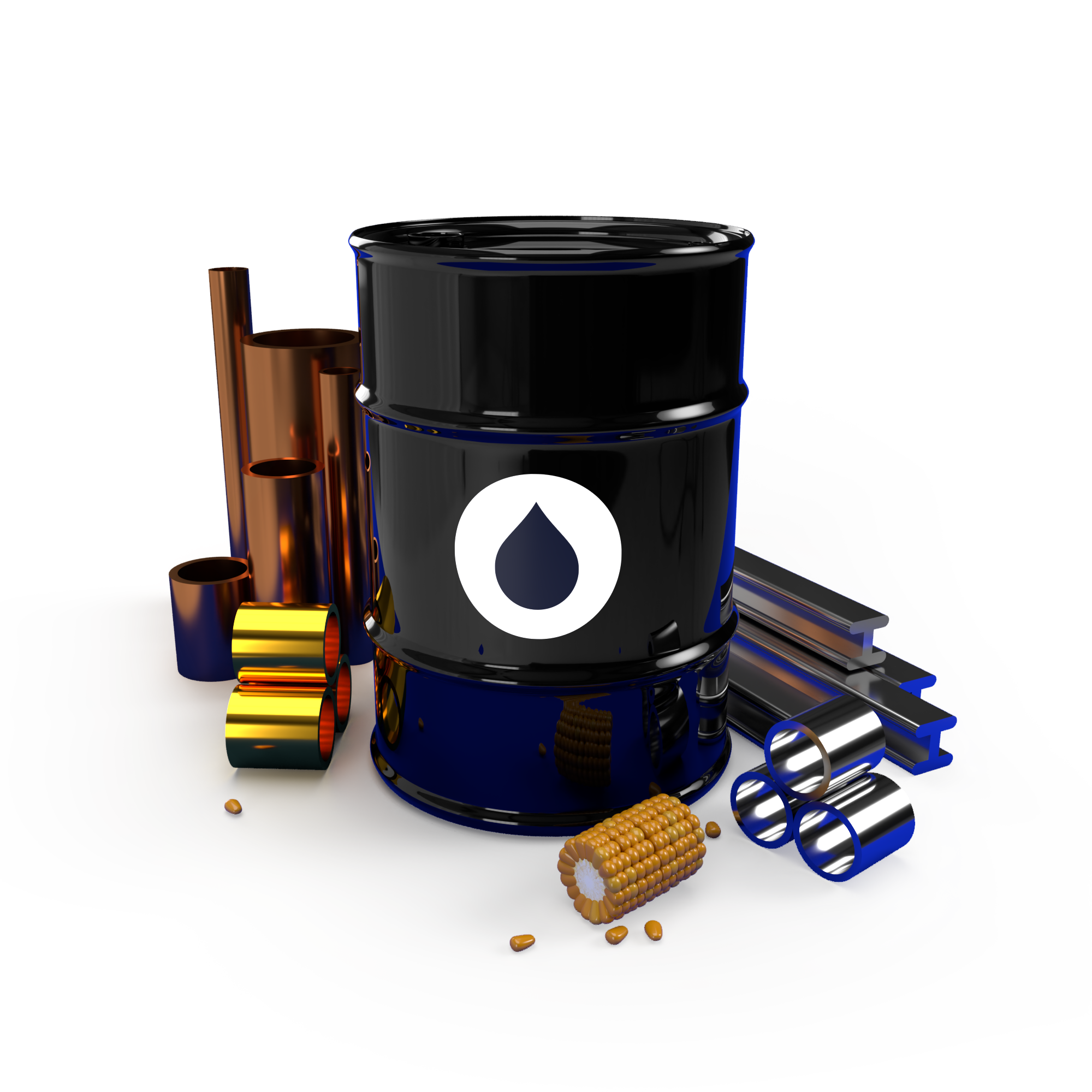Copper is a versatile metal with a wide range of applications, from electrical wiring to construction materials. As an essential industrial metal, copper plays a significant role in the global economy. Understanding what copper is, how it is formed, and the factors influencing its price can help investors and traders make informed decisions.
In this article, we provide insights into copper trading, including how to get started and the pros and cons of investing in this vital commodity.
YFIUSD: 00:00 - 21:00 UTC
NZDJPY: 00:00 - 21:00 UTC

What is copper and how is it formed?
Copper is a reddish-brown metal known for its high electrical and thermal conductivity. It is an essential material used in various industries, including electronics, construction, and transportation. Copper is formed through geological processes, often found in ore deposits alongside other metals like gold and silver.
Formation:
- Hydrothermal processes: Copper deposits often form when hot, mineral-rich fluids move through rocks and cool, depositing copper minerals.
- Sedimentary processes: Copper can also form in sedimentary rocks through the accumulation and compression of mineral particles over time.
- Mining and extraction: Once deposits are discovered, copper is extracted through mining, followed by refining to produce pure copper.
Countries that produce most copper
Several countries are leading producers of copper, with large-scale mining operations contributing significantly to the global supply.
Top copper-producing countries:
- Chile: The largest producer of copper, with significant deposits in the Atacama Desert.
- Peru: Known for its extensive copper mines, such as the Cerro Verde and Antamina mines.
- China: Major producer and consumer of copper, with numerous mining and refining operations.
- United States: Home to major copper mines in states like Arizona and Utah.
- Australia: Rich in mineral resources, including substantial copper deposits.

What factors influence the price of copper?
The price of copper is influenced by various factors that reflect its demand and supply dynamics.
Key influences:
- Supply and demand: Changes in production levels and industrial demand significantly impact copper prices.
- Economic indicators: Economic growth, particularly in industrial sectors, drives demand for copper.
- Geopolitical events: Political stability in major producing countries can affect supply chains and prices.
- Technological advancements: Innovations in mining and production techniques can alter supply levels.
- Currency fluctuations: Copper is traded globally in U.S. dollars, so changes in currency values can influence prices.
What is copper trading and how do you get started?
Copper trading involves speculating on the price movements of copper through various financial instruments. Here’s how you can get started:
Steps to start trading copper:
- Choose a trading platform: Select a reliable platform like Skilling that offers copper trading.
- Open an account: Sign up and complete the necessary verification steps.
- Fund Your account: Deposit funds using your preferred payment method.
- Research and analysis: Stay informed about market trends, economic indicators, and geopolitical events affecting copper prices.
- Place trades: Use the platform to execute trades, setting stop-loss and take-profit orders to manage risk.
Trading instruments:
- Futures contracts: Agreements to buy or sell copper at a future date and price.
- Options contracts: Gives the right, but not the obligation, to buy or sell copper at a specific price before a certain date.
- CFDs (Contracts for Difference): Allows you to speculate on price movements without owning the physical commodity. Copper price today.
Pros and cons of trading copper
Pros:
- Market liquidity: Copper is a highly liquid market with significant trading volume.
- Diversification: Investing in copper can diversify your portfolio and reduce risk.
- Economic indicator: Copper prices often reflect broader economic trends, providing valuable market insights.
Cons:
- Volatility: Copper prices can be highly volatile, influenced by various external factors.
- Market risks: Geopolitical events and economic downturns can impact prices negatively.
- Complexity: Understanding the factors that influence copper prices requires thorough research and analysis.
Understanding copper and how to trade it can open up new opportunities for diversifying your investment portfolio.
FAQs
1. What is copper?
Copper is a reddish-brown metal known for its high electrical and thermal conductivity, widely used in various industries.
2. How is copper formed?
Copper is formed through geological processes such as hydrothermal and sedimentary processes, often found in ore deposits.
3. Which countries produce the most copper?
Chile, Peru, China, the United States, and Australia are the top copper-producing countries.
4. What factors influence the price of copper?
Supply and demand, economic indicators, geopolitical events, technological advancements, and currency fluctuations influence copper prices.
5. How can I start trading copper?
To start trading copper, choose a reliable trading platform like Skilling, open an account, fund it, conduct research, and place trades using futures, options, or CFDs.
6. What are the pros and cons of trading copper?
Pros include market liquidity, diversification, and economic insights. Cons include price volatility, market risks, and the complexity of understanding influencing factors.











